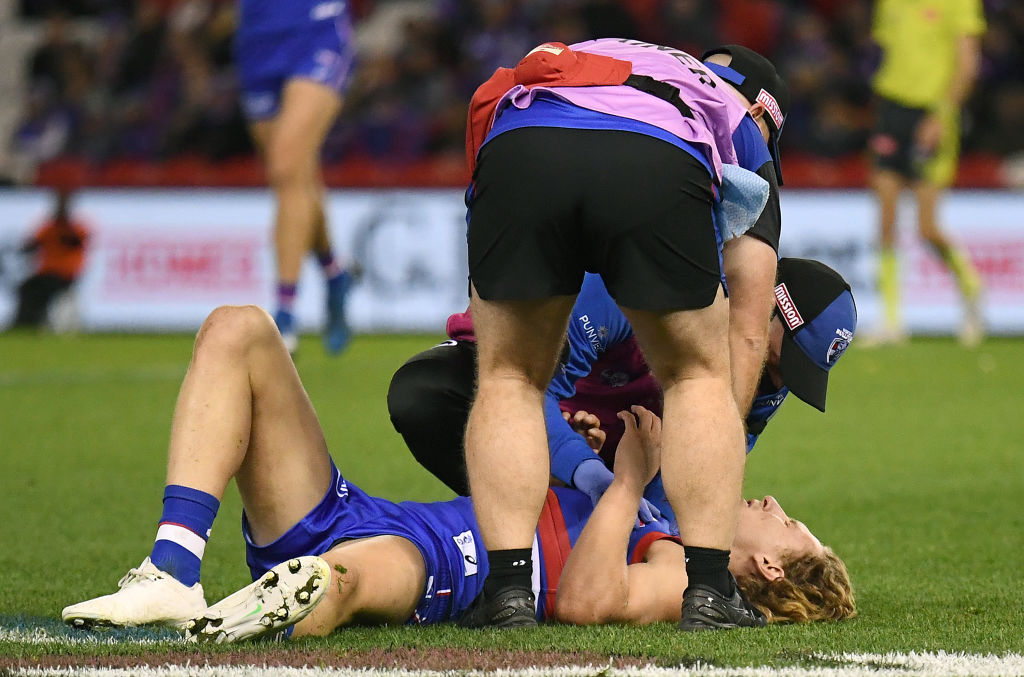Novel brain biometrics could help inform whether an athlete is ready to return to play following a concussion, according to new research from the University of South Australia.
Conducted in partnership with the University of California San Francisco (UCFC), researchers found that changes in micromovements of the brain – termed ‘headpulses’ – could detect the lasting impacts of a concussion.
Using a custom-designed headset* to evaluate headpulse biometrics among 101 amateur male and female Australian Rules Football players in South Australia, researchers identified brain abnormalities in 81% of players inflicted by concussion, signalling sustained injury beyond expected recovery times.
These headpulse alterations lasted 14 days beyond concussion symptoms and were exacerbated by return-to-play or unsupervised physical activity.
UniSA Professor of Exercise Science Kevin Norton says that headpulse measures could complement current return-to-play protocols.
“Traumatic brain injury inflicts more than 60 million people every year, with a third of these being sports-related,” Prof Norton says.
“While we know that Australia’s sports sector takes concussions seriously – via considered return-to-play protocols – we also know that objective measures of concussion recovery are not fully established.
“In this research, we used headpulses – a normal measure of brain ‘wobble’ aligned with each heartbeat – to assess any changes in frequency resulting from a concussion.
“We discovered that almost all players who received a concussion had a ‘disconnect’ between their symptoms and the headpulse, such that even when the players said they felt good, the headpulse still showed evidence of brain injury.”
While most players felt that they’d recovered 10-14 days after their injury, the research showed that some players took up to four weeks to recover and return to normal headpulse patterns.
Australian Football concussion recovery protocols require 24 to 48 hours of strict physical and cognitive rest, followed by graded individual then team training, provided there is no symptom exacerbation; the earliest allowed return-to-play after protocol completion and medical clearance is 12 days after a concussion.
The Australian Senate Committee’s report Concussions and repeated head trauma in contact sports released this month, recommends that national sporting associations should explore further rule modifications for sports to prevent and reduce the impact of concussions and repeated head traumas.
This research contributes to the growing body of knowledge that informs concussion protocols.



